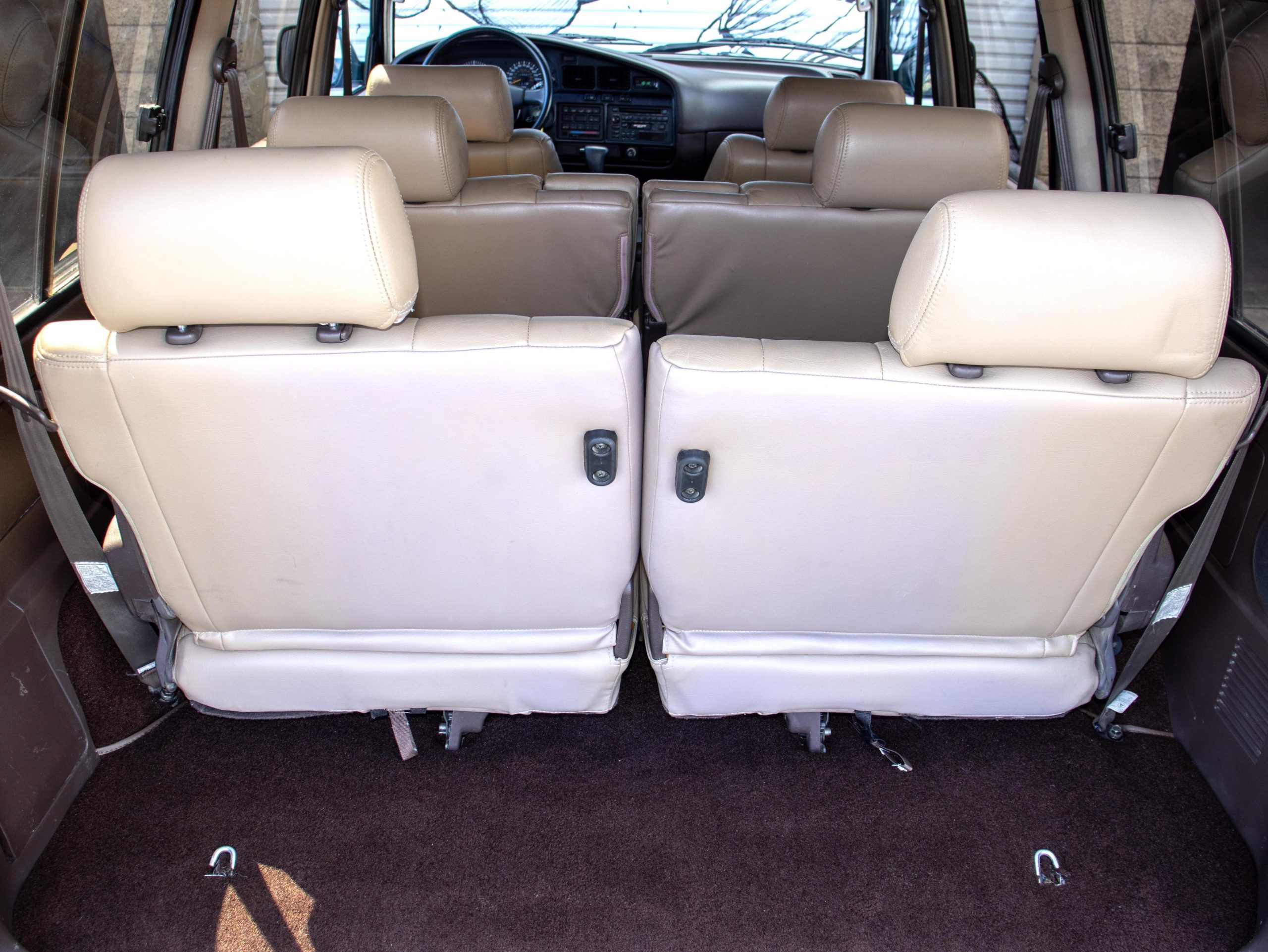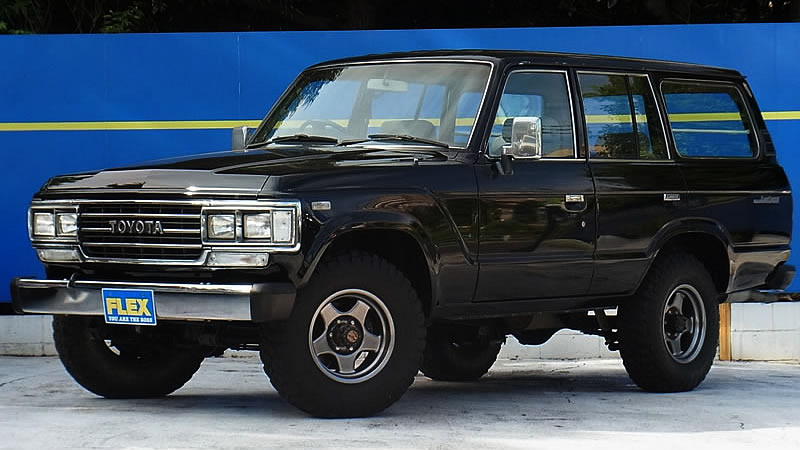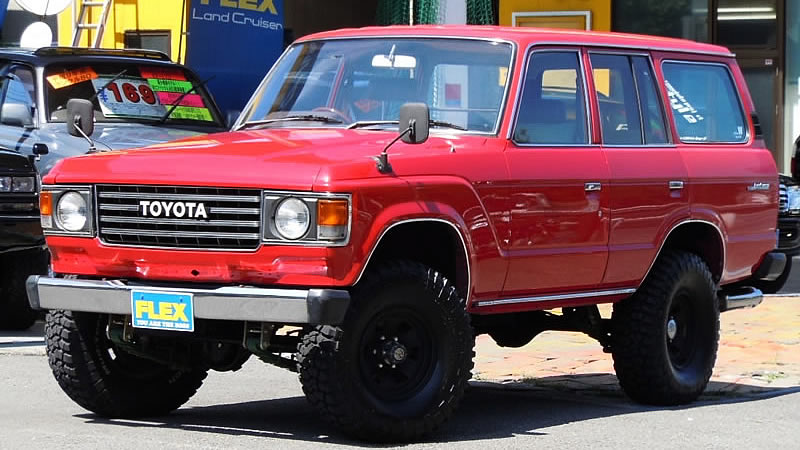Toyota Land Cruiser FJ60 and FJ62 Model Overview
The Land Cruiser FJ60 and FJ62 are 4WD SUV station wagon workhorses focusing more on the driver’s and passengers’ comfort than previous Land Cruiser models. Don’t worry; they lost no off-road capabilities just because Toyota added softer seats.
Key Differences
You’ll find the key differences between the FJ60 and the FJ62 to be the following:
- Headlights are now square
- 3F-E with automatic transmission
- Power windows and locks
- Larger side mirrors
- 3-F or 3-F-E engine
- Squarer body
Other than these differences, there aren’t many other things that differentiate between the two models; however, the engine and transmission combination change is a big difference between them.
The FJ62 was introduced in 1988 and was equipped with optional fuel injection and automatic transmission.
Overview of Toyota Land Cruiser FJ60
The FJ60 came in on the heels of the FJ50, which introduced the station wagon body style to the lineup. Toyota defines the station wagon status as a five-door SUV rather than the more traditional station wagon body styles seen in the U.S., which were long and low. The FJ60 reduced the height from 73.4 inches to 68.9 inches and increased the wheelbase from 106 inches to 107 inches.
The interior was increased by 5.9 inches by expanding the cabin, and the floor was lowered by 4.7 inches, offering more cargo and passenger space.
It was the first Land Cruiser model to have trim levels; here are the 60 Series’ trim packages: STD, GX, and VX.
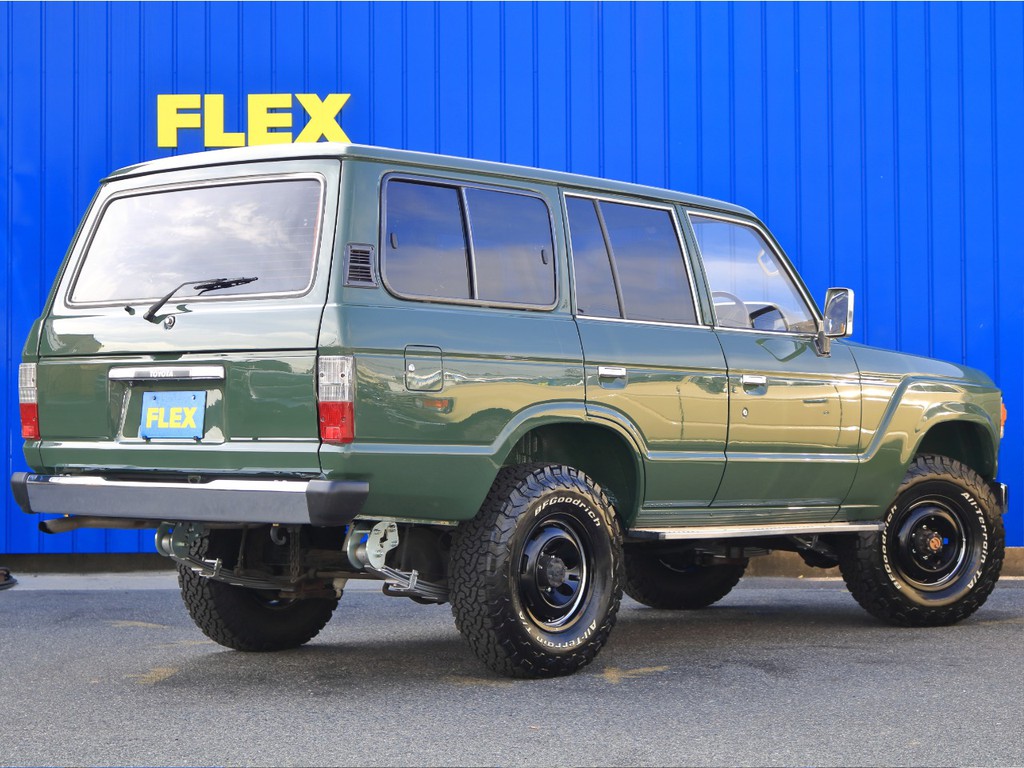
Meet the FJ60 Model
The FJ60 made its debut in 1980 as an upgrade to the FJ55. The new 60 Series retained the 2F 4.2L inline 6 motor, a carryover from the FJ40 in 1960. LC fans have referred to this motor as “bulletproof.” Two diesel options were available: the 2H 4.0L inline-6 and the 3B 3.4L I4.
The interior was increased by 5.9 inches by expanding the cabin, and the floor was lowered by 4.7 inches, offering more cargo and passenger space. The rear seat collapses forward to open up the entire rear section for anything you need for your adventure as it increases the cargo space.
The seats are now suspension seats for a softer ride and better absorption of vibration to ease fatigue.
The FJ60 was in production in Japan until 1990, and the last one in Venezuela rolled off the line in 1992.
Overview of Toyota Land Cruiser FJ62
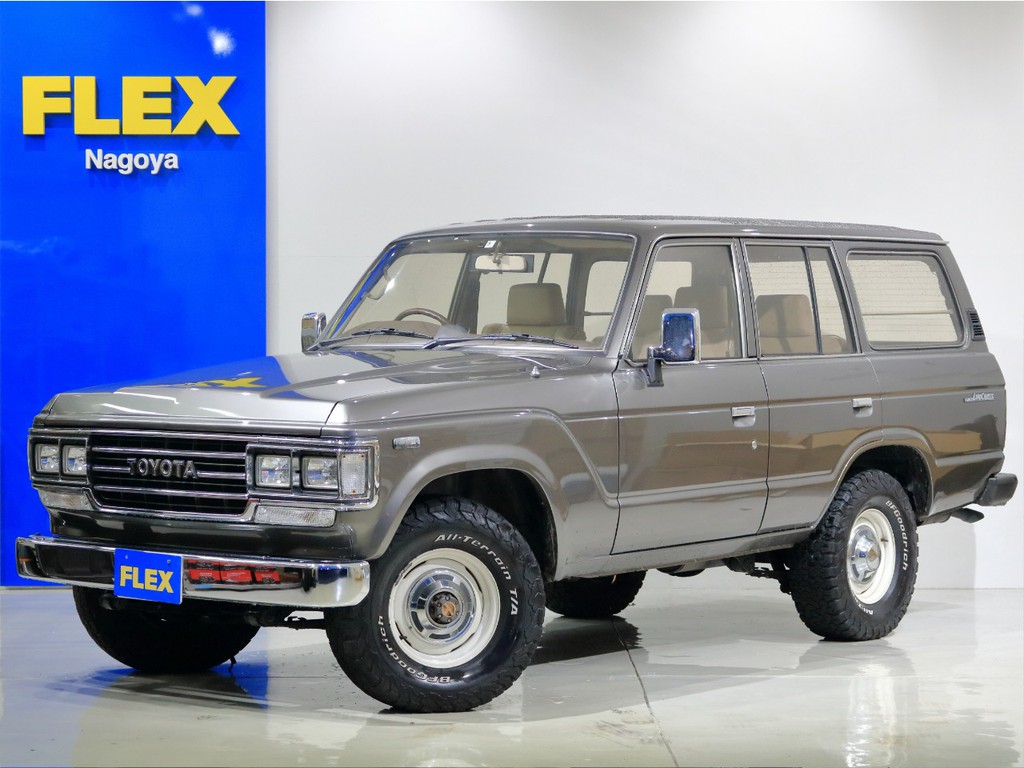
The FJ62 appeared in 1988 and brought with it the 3F engine, which offered better fuel efficiency and lower emissions, so it was popular in both the U.S. and Japan. It was available with a manual or automatic transmission and fuel injection (3F-E) or carbureted engine (3F.)
FJ62 Production
The FJ62 came to market with more than an improved engine; it featured power windows, locks, and power steering. The front end featured square headlights instead of the traditional round headlights seen in the FJ60 and throughout the Land Cruiser’s history.
The only version available on the U.S. market was the G package, which included optional cloth seats and other features like tilt wheel and intermittent windshield wipers.
Exterior Design and Styling Differences
In addition to the change in the headlights, the FJ62’s body was more squared off, as were many of the SUVs of that time with their blocky headlights and square nose. The angled body gave it a much more American look, as the GM and Ford competitors also wore sharp corners and blunt faces.
The FJ60 had a more rounded body with smoother edges and corners.
Interior Features and Amenities
Regarding the interior, each trim level offered different options, with an increase in quality and features for each level.
The STD model was equipped with vinyl seat coverings and floor mats, and the rear gate was a double door. Upgrades were available to the seats and the mats on this level.
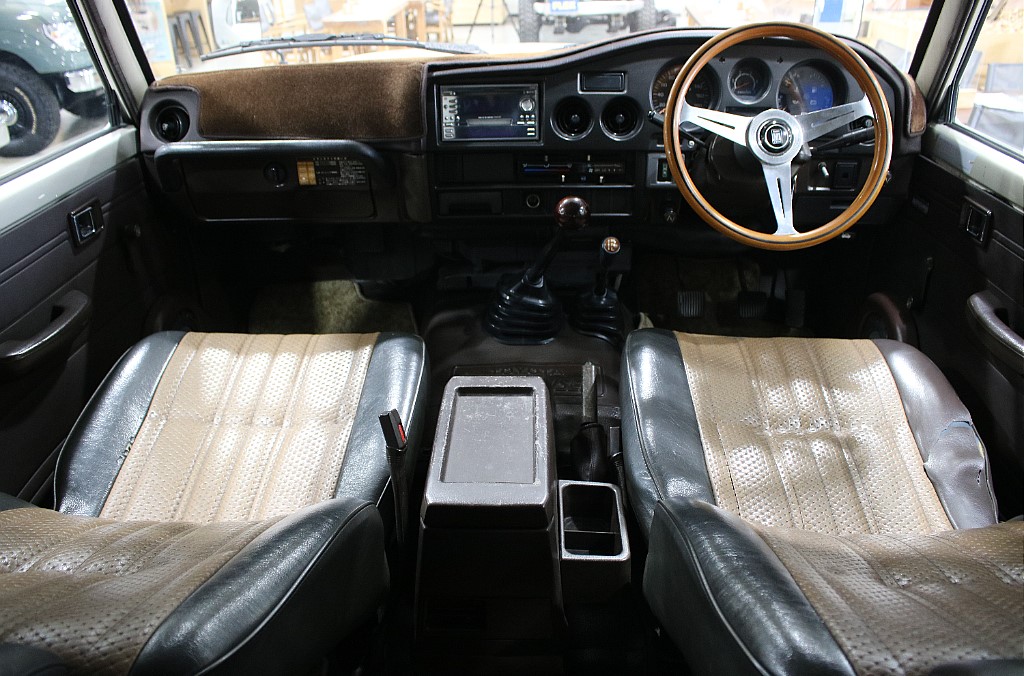
The interior of a 1988 FJ62 / Land Cruiser 60 4.0 STD 4WD at FLEX in Japan
GX models were in the middle of the lineup and were equipped with power side mirrors. The seats were cloth, and the floor was carpeted. Standard features included an electric moonroof, a tailgate rear door, trimmed door panels, power steering, windows, and locks. Other equipment included a urethane steering wheel, tilt steering, and a tachometer.
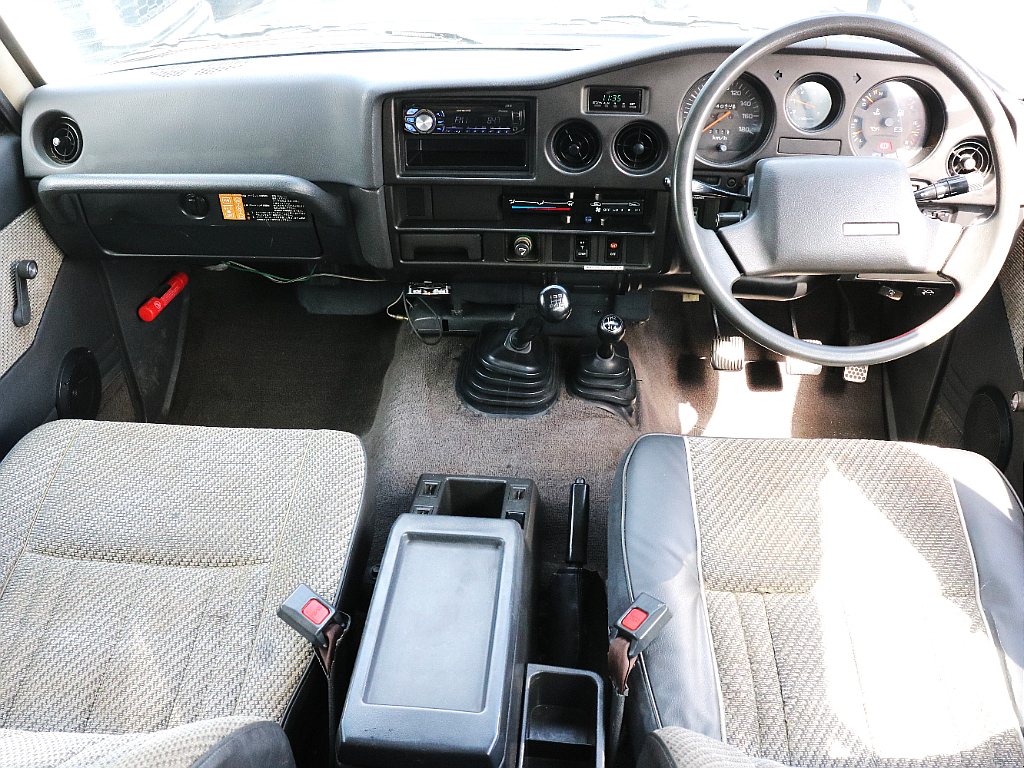
The interior of a 1989 FJ62 / Land Cruiser 60 4.0 GX 4WD at FLEX in Japan
VX models were top-of-the-line with their sport driver seat, split rear seat, carpet floor mats, radio, and a manual differential lock. Other power equipment from the GX were all standard in the VX.
The seats are now suspension seats for a softer ride, and in some models, seats had weight adjustments added to absorb vibrations and ease fatigue.
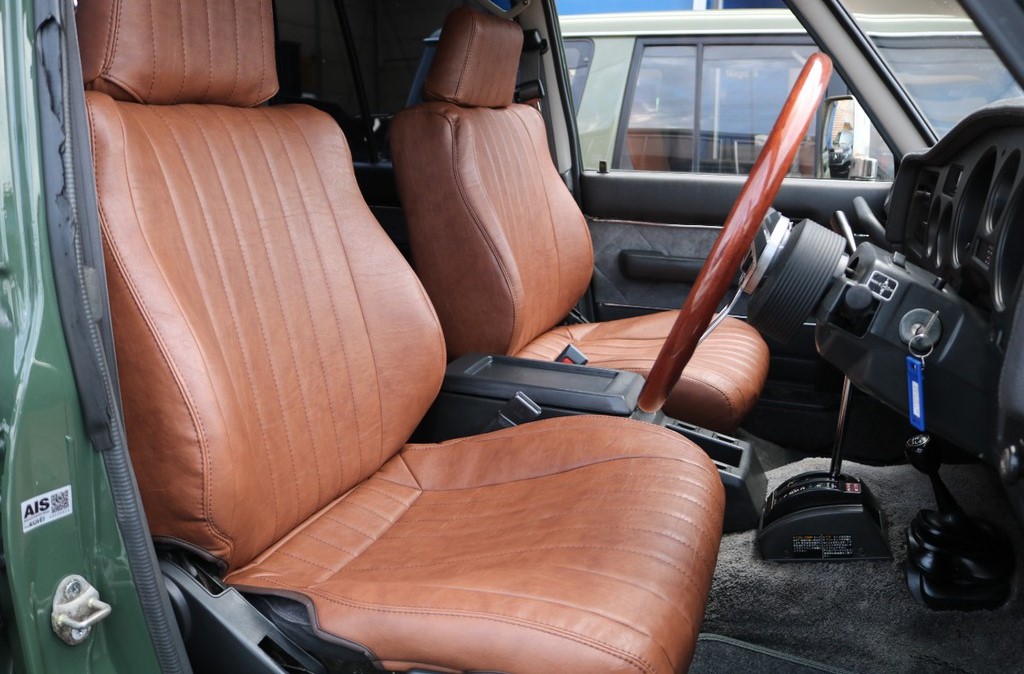
The interior of a 1988 FJ62 / Land Cruiser 60 4.0 VX high roof 4WD Army G at FLEX in Japan
Engine and Performance
As the FJ60 progressed through the years, so did the engine options. Originally, the 60 Series was equipped with the 2F engine and a manual transmission, but in 1982, the 2H inline-6 diesel and manual transmission were offered in the GX models.
In 1984, the 2F gas-powered motor was replaced with the 3F, and an automatic transmission was made available alongside the standard 5-speed manual transmission in the FJ62V.
The 12H-T was offered in 1985. This turbo diesel was introduced in the new HJ61V model, which was the start of the VX trim package. It had an automatic transmission and optional front and rear manual differential locks.
As an upgrade to the 3F engine, Toyota offered the 3F-E, which gave you fuel injection instead of the carburetor.
| Engine | Fuel | Horsepower | Torque | Transmission |
|---|---|---|---|---|
| 4.2 L 2F I6 (FJ60) | Gas | 135 @ 3600 RPM | 210 lb-ft | 4-speed manual |
| 4.0 L 3F I6 (FJ62) | Gas | 155 @ 4000 RPM | 220 lb-ft | 5-speed manual |
| 4.0 L 3F-E I6 (FJ62 from 1988) | Gas | 155 @ 4000 RPM | 220 lb-ft | 4-speed automatic |
| 3.4 L 3B I4 (BJ60) | Diesel | 90 @ 3500 RPM | 160 lb-ft | 5-speed manual |
| 4.0 L 2H I6 (HJ60) | Diesel | 107 @ 3500 RPM | 177 lb-ft | 4-speed automatic |
| 4.0 L 12H-T turbo I6 (HJ61) | Diesel | 134 @ 3500 RPM | 232 lb-ft | 5-speed manual |
Depending on the transmission choice, the FJ62 was equipped with the 3F or the 3F-E.
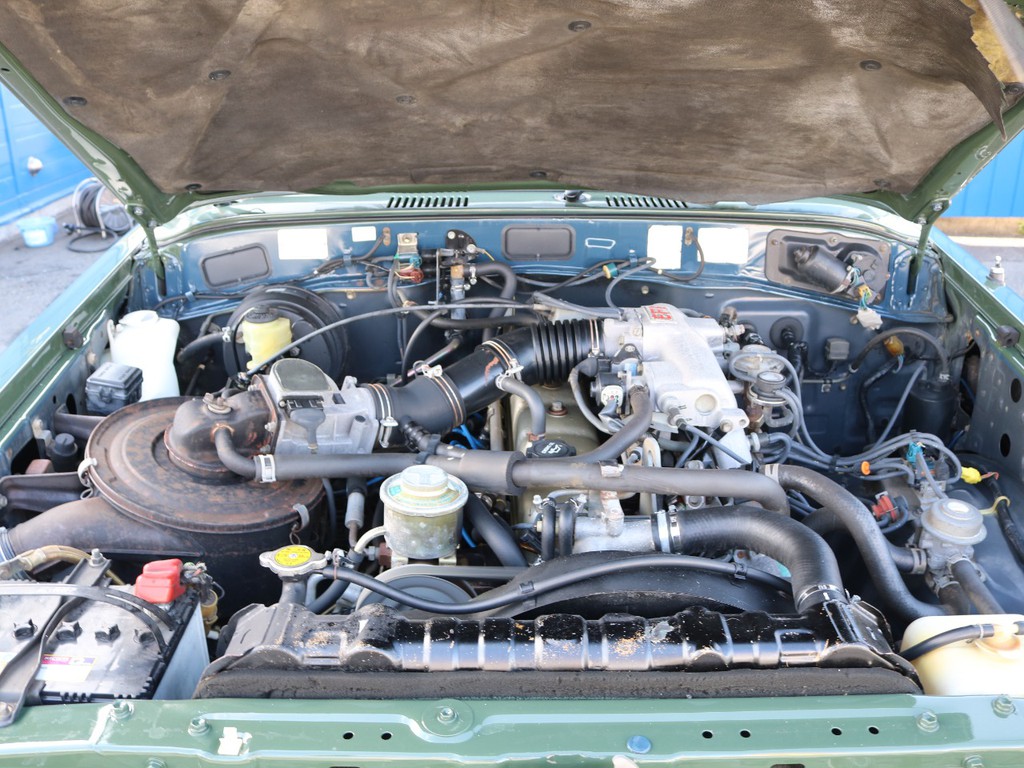
Under the hood of a 1988 FJ62 / Land Cruiser 60 4.0 VX high roof 4WD Army G at FLEX in Japan
Transmission and Drivetrain Options
Toyota added the automatic transmission to the 60 Series lineup for easy handling on and off-road driving. This new transmission comes with overdrive and a lock-up clutch and is paired with the 2H diesel.
- 4-speed H41F or H42F manual (United States only) only in the 2F engines
- 4-speed A440F automatic paired with the gas-powered EFI FJ62 models and the diesel 2H models
- 5-speed H55F manual available in the gas-powered FJ62 3F-E and the diesel 3B and 12H-T models
A new clutch booster reduces the pressure you need to operate the clutch for smooth shifting over any surface.
Off-Road Capabilities and Handling
The FJ60 is a part-time 4WD system, and although the features tend to be more driver comfort-oriented, don’t overlook the Land Cruiser’s long history of being more than capable off-road. The low torque of the original 2F was made for crawling over rocks and steadily getting you to your destination no matter how high up. It had the torque of a diesel even though it was powered by gasoline.
Toyota created a wide-body vehicle on a ladder frame for heavy load capacities. It’s a heavyweight vehicle made to get traction in most scenarios, but it might be a little tight on narrow trails. Deep mud might be a challenge, too.
New equipment includes a one-touch 2-4 selector that takes you from H2 to H4 drive with a single touch. For normal driving, the H2 RWD delivers high range, while the H4 gives you a 4WD system that is powerful on uneven surfaces or snowy roads.
The FJ62 had all of these features.
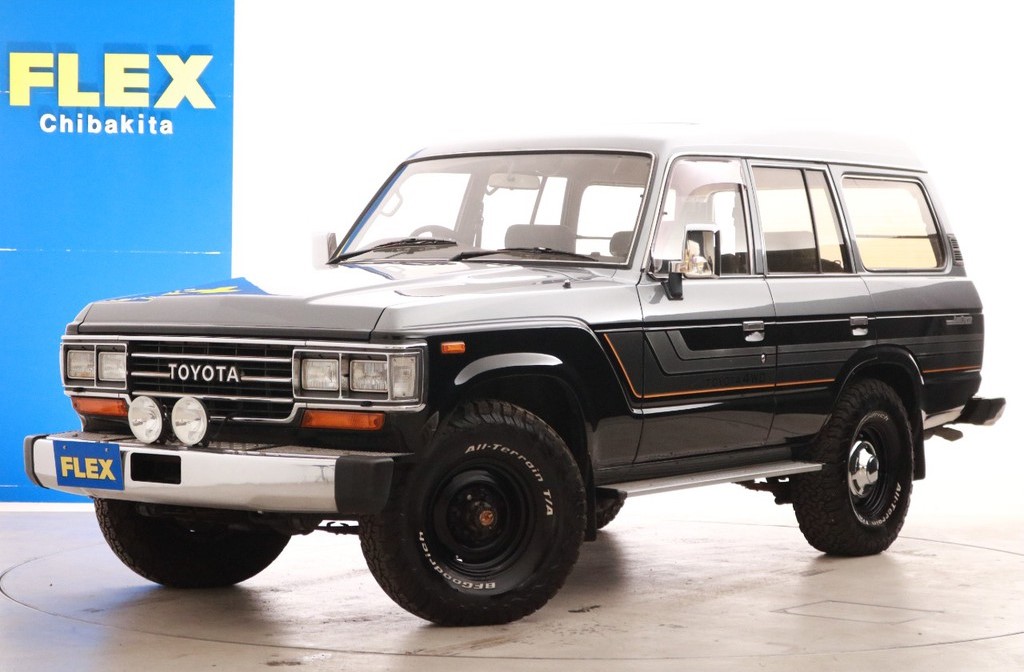
Pricing
Like all cars with trim levels, there is going to be a difference between packages, and the Land Cruiser 60 Series had three total levels by the time it was discontinued. The FJ62 was higher in price than the FJ60 due to the changes in the interior and the power equipment added with its introduction.
For example, according to window stickers, the 1983 2F with a 4-speed transmission has a base MSRP of $13,360, and a 1989 3F-E with an automatic has a suggested retail of $20,898. Much of that cost difference outside of age is the change in the engine and transmission options since the interior packages were mostly the same, including cloth seats and carpeted floor mats.
Distribution Differences
Since the FJ60 (1980-1990) was in production longer than the FJ62 (1988), there were fewer FJ62s offered. While it’s difficult to pinpoint the exact number of production vehicles, there are reliable reports that over 406,000 were produced, with 200,000 landing in the United States. According to Hemmings, the 60 Series was the SUV series that put Toyota over 1,000,000 Land Cruisers sold.
Due to regulations and import restrictions, many of the FJ60s were grouped and sold to different countries with different features.
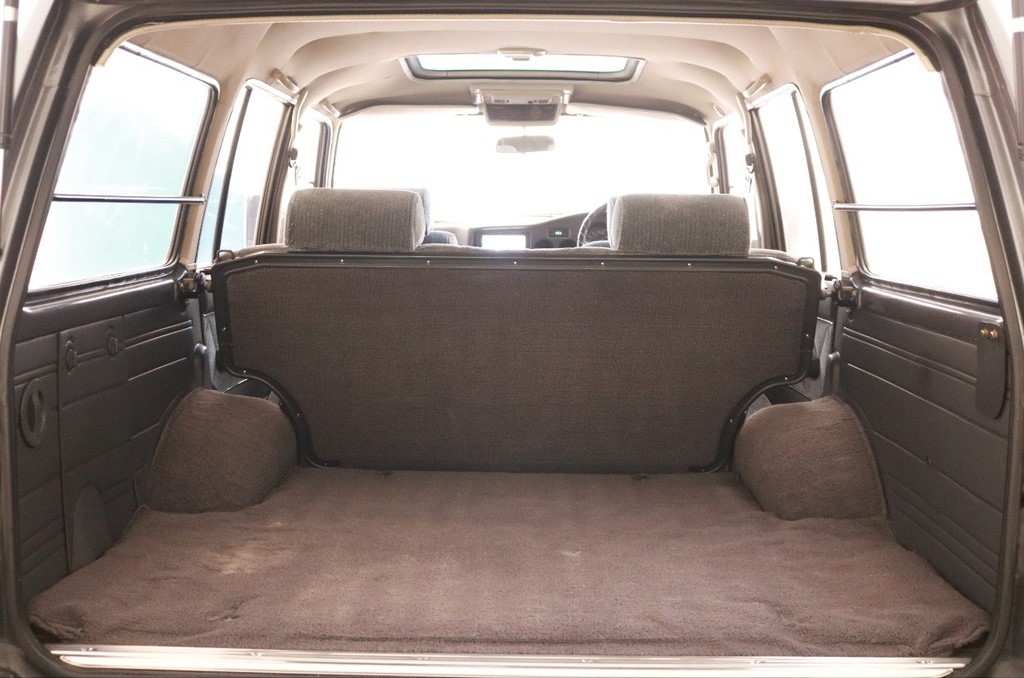
Popularity and Market Value
As of 2024, the average price of the FJ60 is in the neighborhood of $29,000, but the FJ62 is closer to $35,000, according to Classic.com. Both models are popular with off-roaders, but each is becoming harder to find. To find the perfect FJ60 for sale, read this article.
Expert Reviews
Keisuke Kumasaki, a writer specializing in the Land Cruiser Series at FLEX, offered a review of the FJ60 by laying out the pros and cons of the series by saying the pros are the station wagon style, the spacious interior, a solid ladder frame, and rigid suspension, as well as the fact they can be imported from Japan. On the other hand, the cons are maintenance costs and diesel engines may not comply with regulations.
Regardless, the 60 Series, with its American vibe, is popular in Japan and the United States. Helping it gain traction and popularity in Japan was the introduction of the VX 3-number model that lowered the cost of ownership.
Conclusion
Like all Land Cruisers, the 60 Series is a serious 4WD passionate about off-road adventures. It just happens to be a more luxury-minded version. Finding them may be hard, but they are now becoming more popular than the FJ40. Many people are looking for more comfort in their off-roading adventure than the FJ40 can deliver, and that was Toyota’s intent when they designed the FJ60.
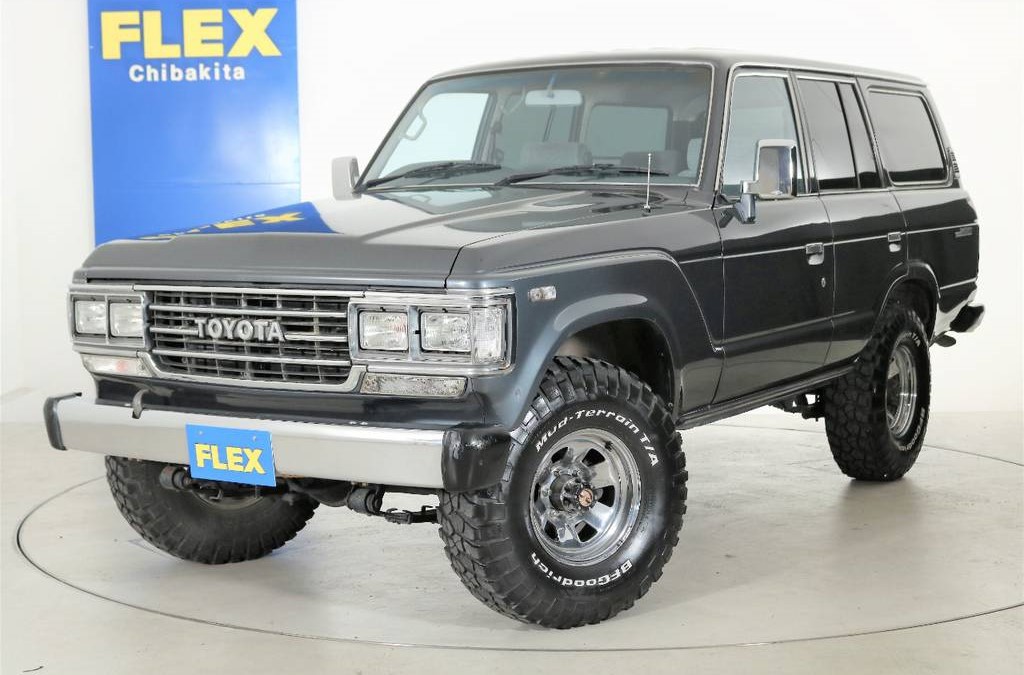
FLEX is the best place to buy Land Cruiser series
No matter which Land Cruiser model you’re interested in, the experts at FLEX Automotive are here to help you connect you with the past. Whether you’re having FLEX Automotive locate a Land Cruiser for you, or you’re using a more modern version and creating an older look through their Renoca series, you won’t find a more professional group of Land Cruiser enthusiasts helping you live the Land Cruiser dream. Contact us for more information and start your journey to the remotest places on Earth today.
Looking for a JDM of your dream?
FLEX is one of the top Land Cruiser vendors in Japan, and our specialists will assist you to acquire your dream vehicles.



